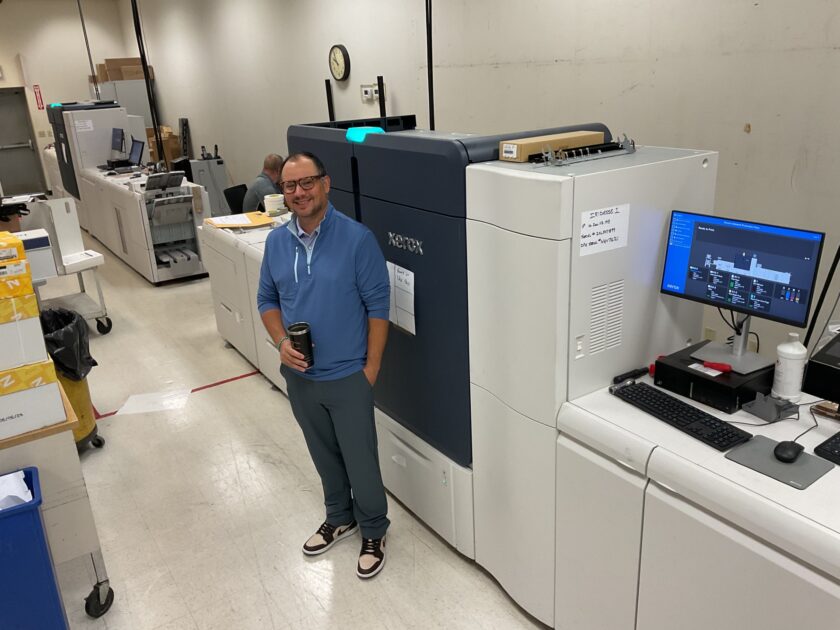When it comes to substrate choices, these days you have more options than just coated or uncoated. The range of synthetic media has grown in the past few years — but are these papers right for your specific applications? There are pros and cons to synthetic materials and applications where they make sense.

In-plants using synthetic media tend to have specific use-cases. For example, notes June Lewis, senior process specialist at Kellogg Community College Print and Document Services, in Battle Creek, Michigan, synthetic media really shines in applications where durability is crucial.
“We used this for most of our COVID signage, and we just started using a 12mil Synaps for our ID badges,” she says. “We also use it for our emergency management guide.”
In short, applications where moisture or tearing might be an issue will turn out better if synthetic media is used rather than paper and lamination.

Another in-plant using synthetic media finds it to be a great choice for tags and labels. “We do a ton of tags, of all different sizes, that are used in the perishable departments of our grocery stores,” notes Justin Mikita, manager of Print Services at Giant Eagle, in Pittsburgh. “We also do a lot of POS signage, especially if it’s going to be displayed for a longer period.”
Read the rest of this feature on In-Plant Impressions.



